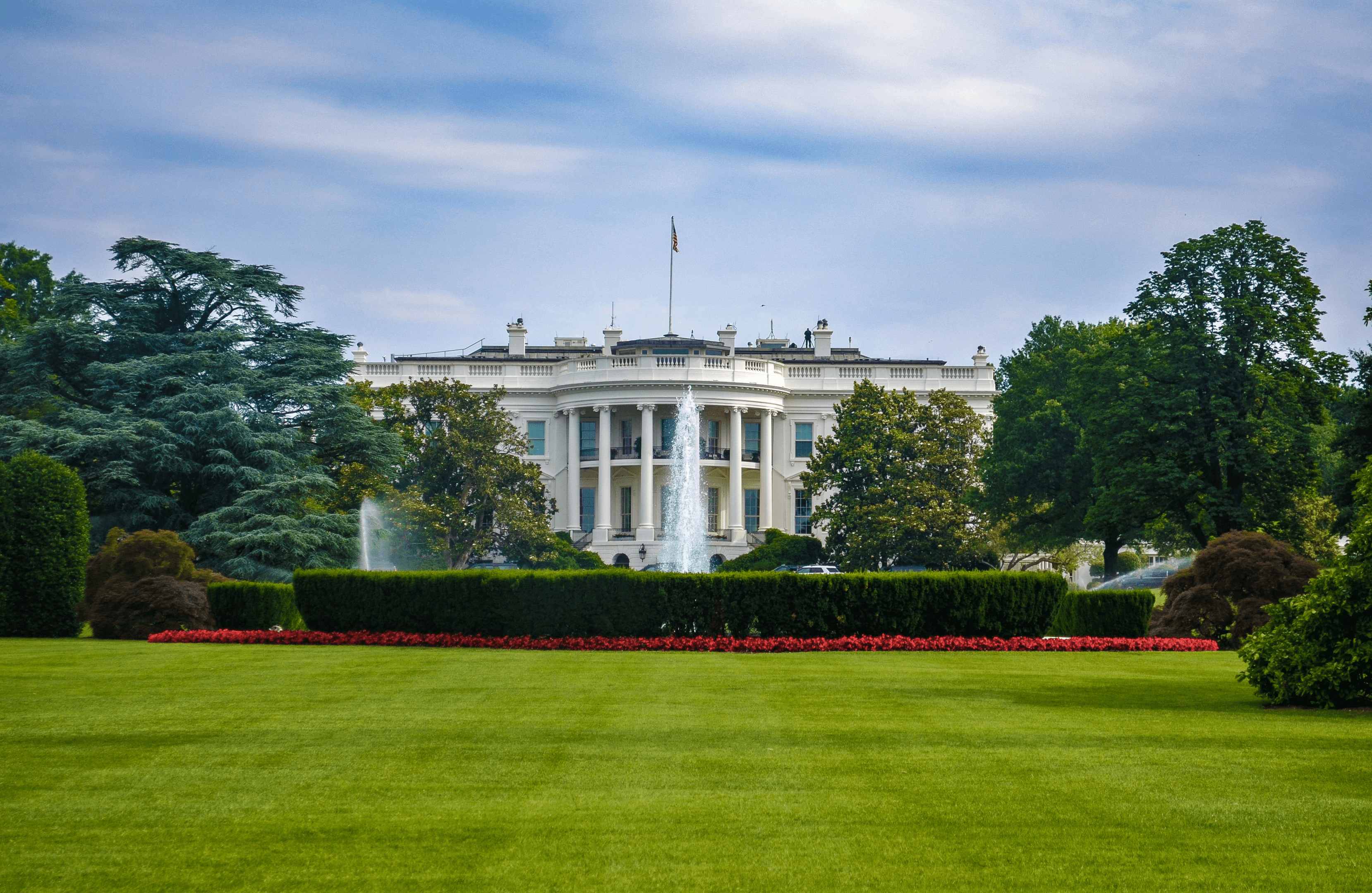TABLE OF CONTENTS
The General Schedule (GS) pay scale is the Federal Government pay system used to calculate the salaries of federal civilian employees. It includes the majority of workers with white-collar jobs, which typically include administrative, professional, technical, and clerical positions.
In this article, we cover the latest updates regarding current and foreseeable changes to the GS according to Congress and White House policies.
How Does the GS Pay Scale Work?
The GS pay scale is administered by the United States Office of Personnel Management (OPM) on behalf of other federal agencies.
Salaries under the GS consist of a base salary and a ‘locality pay adjustment.’ The base salary is derived from a table compiled by the Office of Personnel Management and is used as a reference point for the locality pay adjustment.
The Locality Pay Adjustment
The locality pay adjustment is a measure that was introduced in 1994 under the Federal Employees Pay Comparability Act (FEPCA) in an attempt to address the need for pay reform between federal and non-federal workers.
In other words, there was a major gap between the salaries of individuals who worked for the state and those who worked in the private sector.
Additionally, all GS employees received the same pay regardless of location, which failed to account for the differences in the cost of living in major metropolitan areas.
To address the disparity between wages, FEPCA divided the United States into locality pay areas, the majority of which encompass large metropolitan areas such as Washington D.C., New York, and Los Angeles. Two additional areas cover the states of Hawaii and Alaska, while the remainder of the U.S. is included in the catch-all ‘Rest of U.S.’ locality pay area.
Under this framework, all the areas, bar the ‘Rest of U.S.’, are entitled to pay adjustments in addition to the general adjustment provided to all GS employees. The ‘Rest of U.S.’, on the other hand, only receives the general adjustment that all GS employees receive. Furthermore, salary adjustments for those in other U.S. territories and overseas occur separately from this adjustment.
Who Oversees Changes to the GS?

Changes to the GS are normally authorized via Executive Order from the President or via legislation by Congress. Generally, the President conducts annual across-the-board pay adjustments (including locality pay adjustments) at the start of each calendar year.
The across-the-board adjustments to the GS are based on the cost of employment in a given area as determined by the Department of Labor’s Employment Cost Index (ECI).
GS Pay Grades and Step Structure
The GS is divided into 15 pay grades, each comprising 10 steps. Jobs are classified into a specific pay grade according to the qualifications required and the level of responsibility involved.
Essentially, GS-grade 1 through GS-grade 7 are generally considered entry-level positions, while GS-grade 8 to GS-grade 12 comprise mid-level positions, and GS-grade 13 and above cover top-level positions.
New GS employees are usually placed in the first step of their assigned pay grade, although employers can employ someone in a higher step at their discretion (some agencies may even appoint them at a higher grade instead).
Advancing in the GS Pay Scale
As mentioned above, each pay grade in the GS pay scale consists of ten steps. Employees typically receive a step increase or federal pay raise after working for a predetermined amount of time in at least a satisfactory manner.
Generally, the length of time between each federal pay raise increases as the employee moves up the ranks, but it is also possible for them to receive a ‘quality step increase’ (QSI) as a reward for outstanding work performance, which will reduce the overall time it takes for them to reach the final step in their pay grade.
The time intervals between each pay increase are as follows:
- Steps 1 to 4 = 1 year
- Steps 4 to 7 = 2 years
- Steps 7 to 10 = 3 years
It is also possible for employees to advance to a higher pay grade, though this depends on their job description and the agency they work for. This type of advancement usually takes place within a ‘career ladder’; that is, employees who perform satisfactorily will move up the GS grades, typically on a yearly basis, until they reach the highest GS grade for that career. Advancing beyond the top grade (such as to a managerial or specialized technical position) generally occurs via competitive selection.
However, not all professions accommodate such a ‘career ladder’. This forces employees seeking advancement to pursue alternative lines of work, either within their organization or elsewhere.
Updates to GS Pay Raise
Federal employees received a 5.2% pay rise in January 2024. President Biden signed the executive order, which marks the biggest raise in over 40 years, since the early 1980s. The pay rise is divided into two parts – a blanket 4.7% increase for all employees and a 0.5% locality increase based on where federal employees work.
In addition, the OPM has established four new pay rate localities:
- Fresno-Madera-Hanford, California
- Reno-Fernley, Nevada
- Rochester-Batavia-Seneca Falls, New York
- Spokane-Spokane Valley-Coeur d’Alene, Washington-Idaho
The new pay tables and pay areas can be found on the OPM website.
This pay raise aims to enable the Federal Government to retain a qualified federal workforce and a competitive labor market despite the growth and retention difficulties that have led to a disparity in pay between federal and non-federal employees.










